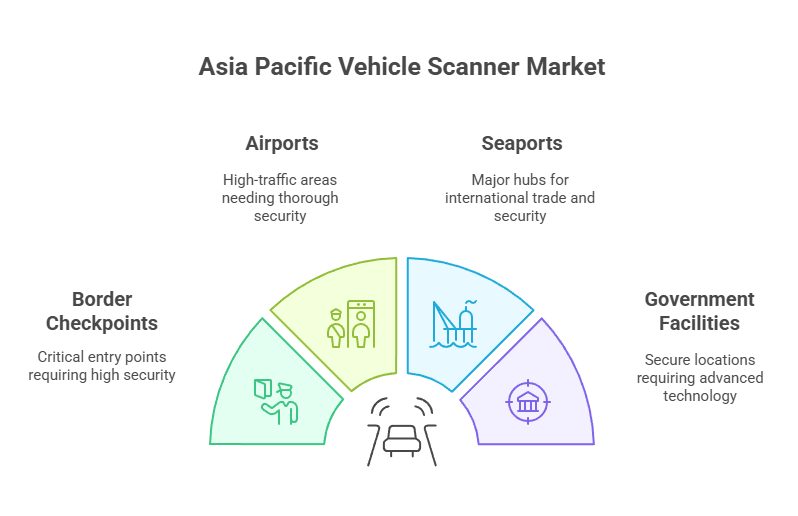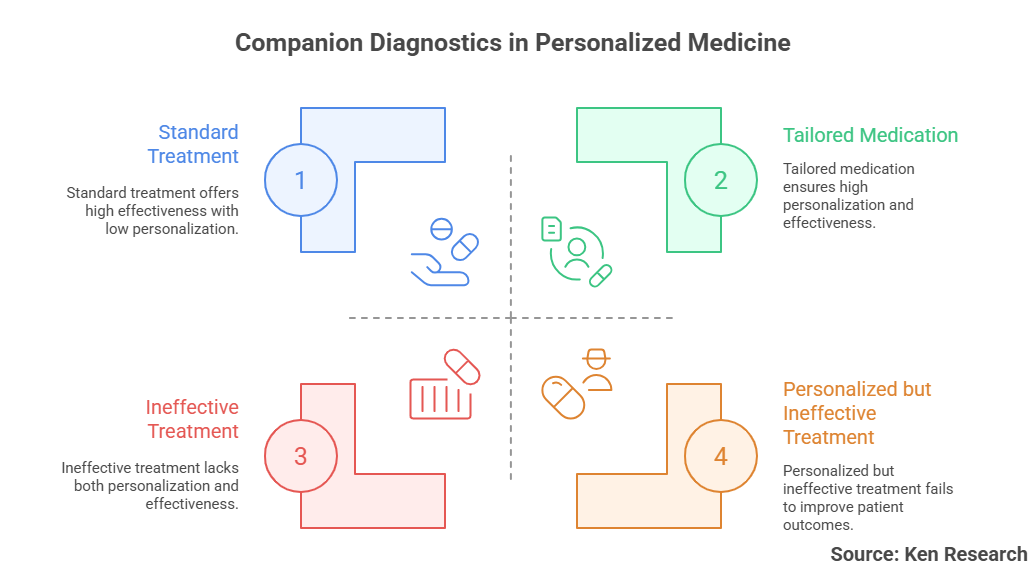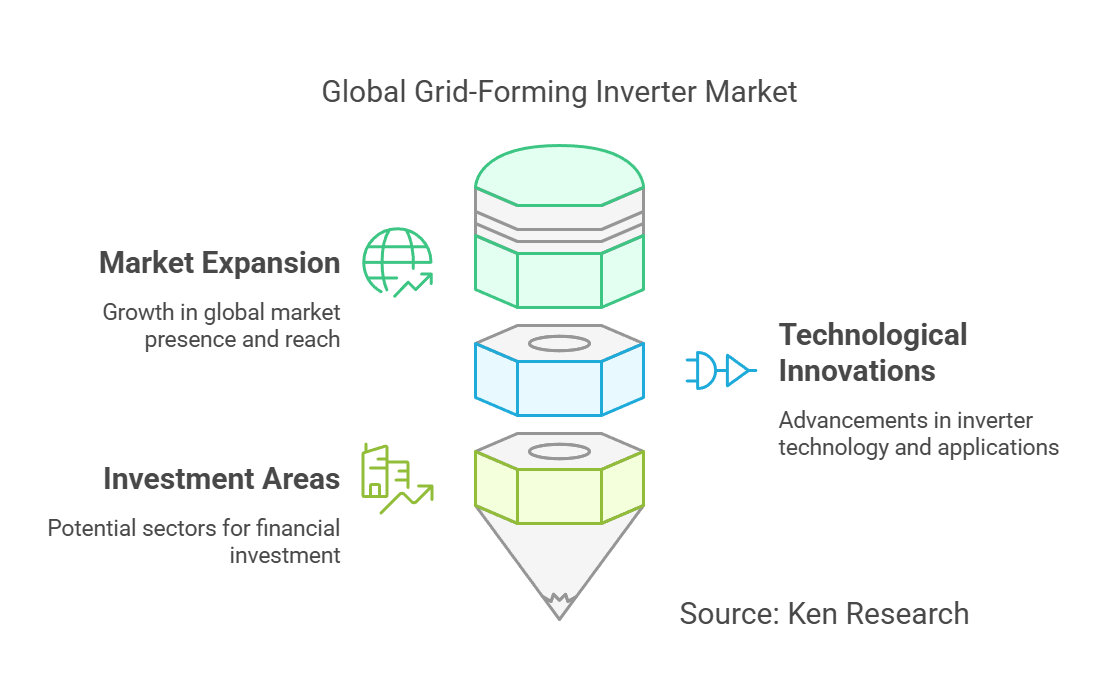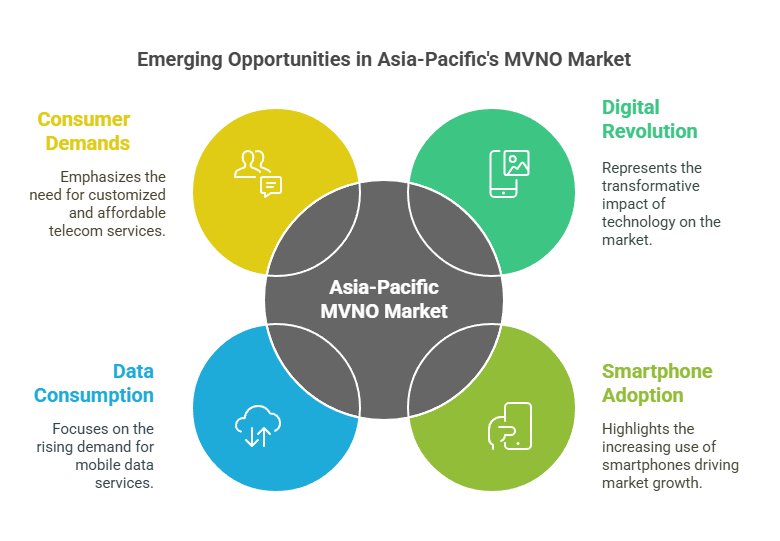Future of the Global Satellite Market- Key Trends and Forecasts
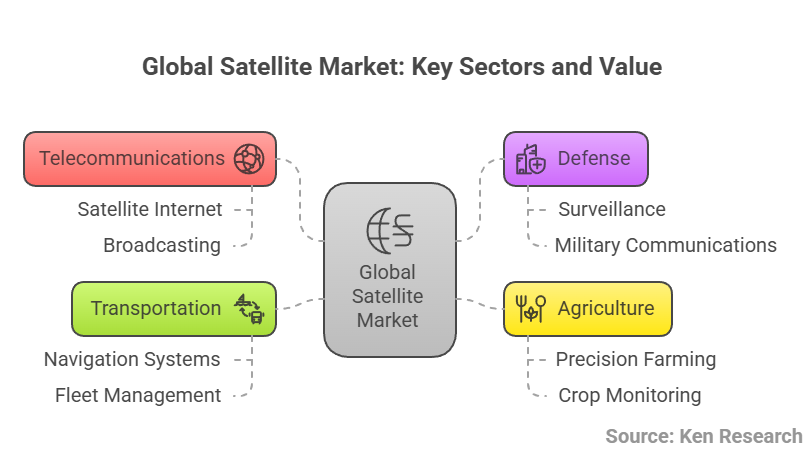
The global satellite market is experiencing a transformative phase, becoming indispensable to modern communication, navigation, surveillance, and data services. Valued at USD 287 billion, this sector is critical to the success of industries ranging from telecommunications and defense to agriculture and transportation.
As businesses increasingly rely on satellite-based technologies, understanding future trends and disruptions in the global satellite market is essential. This blog explores current market dynamics, upcoming innovations, possible risks, and strategic actions for stakeholders in the global satellite market looking to lead the next decade.
Current Snapshot of the Global Satellite Market
The satellite market is witnessing rapid expansion fueled by commercial investments, government initiatives, and next-gen satellite technologies. Here’s a breakdown of what's shaping the market now.
Key Growth Drivers in the Global Satellite Market
- Rising Demand for Satellite Communication: The increasing need for global internet connectivity and remote communication services is pushing demand for high-throughput satellites (HTS).
- Expansion of Earth Observation Applications: From agriculture and weather forecasting to environmental monitoring, satellite imaging has become crucial.
- Navigation Systems and IoT Integration: The growing use of GNSS systems in smart vehicles, logistics, and wearable tech continues to fuel the market.
- Private Sector Involvement: Companies like SpaceX, OneWeb, and Amazon’s Project Kuiper are actively deploying thousands of satellites in low Earth orbit (LEO), disrupting traditional satellite ecosystems.
Also read the market analysis of USA Satellite Internet Industry Future Opportunities
Emerging Trends Shaping the Global Satellite Market
Trend 1: LEO Constellations Redefining Satellite Infrastructure
The shift from geostationary to LEO satellite networks is accelerating. With lower latency and faster data transfer, LEO satellites are powering broadband services in rural and remote regions. The global satellite market is projected to have 50,000+ active satellites in orbit by 2030.
Trend 2: Artificial Intelligence and Edge Computing in Space
AI-driven satellite systems are transforming the industry. Onboard data processing reduces the need for ground-based analysis, enabling faster response in critical use cases like natural disasters, border surveillance, and precision farming.
Trend 3: Smallsats Driving Market Democratization
Smallsats and CubeSats are revolutionizing the satellite manufacturing market. Their lower costs and shorter development cycles are empowering startups, universities, and small nations to launch and operate their own satellite missions.
Trend 4: Satellite-as-a-Service (SataaS) Business Model
The Satellite-as-a-Service model is gaining traction. Rather than investing in infrastructure, companies can now lease satellite bandwidth, imagery, or data analytics, allowing flexible scaling and faster time-to-market.
Trend 5: Sustainability and Space Debris Mitigation
With satellite congestion becoming a concern, sustainability is now a top priority. The industry is moving toward greener designs, mandatory de-orbiting systems, and international regulations to reduce orbital debris.
Also read the market analysis of KSA Satellite Internet Industry Future Opportunities
Potential Disruptions in the Global Satellite Market
While opportunities abound, the global satellite industry must also navigate significant risks:
- Geopolitical Instability: Rising tensions over orbital sovereignty and satellite defense could fragment global cooperation.
- Launch and Component Supply Chain Disruptions: Dependence on limited launch providers and specialized hardware can cause delays.
- Spectrum Allocation Conflicts: As more players crowd the skies, radio frequency interference and licensing disputes may hinder service delivery.
- High Capital Requirements: Though miniaturization helps, full-scale satellite systems and ground networks still demand large upfront investments.
Also read the market analysis of North America Transponder Satellite Industry Future Opportunities
Actionable Strategies for Global Satellite Market Stakeholders
To remain competitive and resilient, here’s how businesses can respond to market changes:
- Adopt a Multi-Orbit Strategy: Use LEO, MEO, and GEO satellites in synergy to meet diverse operational needs.
- Vertically Integrate Where Possible: Controlling manufacturing, launch, and data services can streamline operations and improve margins.
- Partner with Government Programs: Collaborations reduce regulatory friction and unlock public funding opportunities.
- Invest in Ground Infrastructure: Scalable ground stations and cloud-based satellite data platforms will be critical.
- Align with ESG and Compliance Trends: Investors increasingly favor companies that demonstrate environmental and regulatory responsibility.
Conclusion:
The global satellite market is on track for sustained growth, driven by innovation, rising data demand, and cross-industry applications. By 2030, we’re likely to see a space ecosystem that is smarter, more sustainable, and far more accessible.
Businesses that embrace these trends and mitigate associated risks will be best positioned to lead in the satellite economy of the future. Whether you’re an operator, manufacturer, or investor—2025 and beyond offer transformative opportunities in the satellite technology landscape.
Read my other blogs in USA Virtual Power Plant (VPP) Market Trends and Opportunities
Note: IndiBlogHub features both user-submitted and editorial content. We do not verify third-party contributions. Read our Disclaimer and Privacy Policyfor details.



